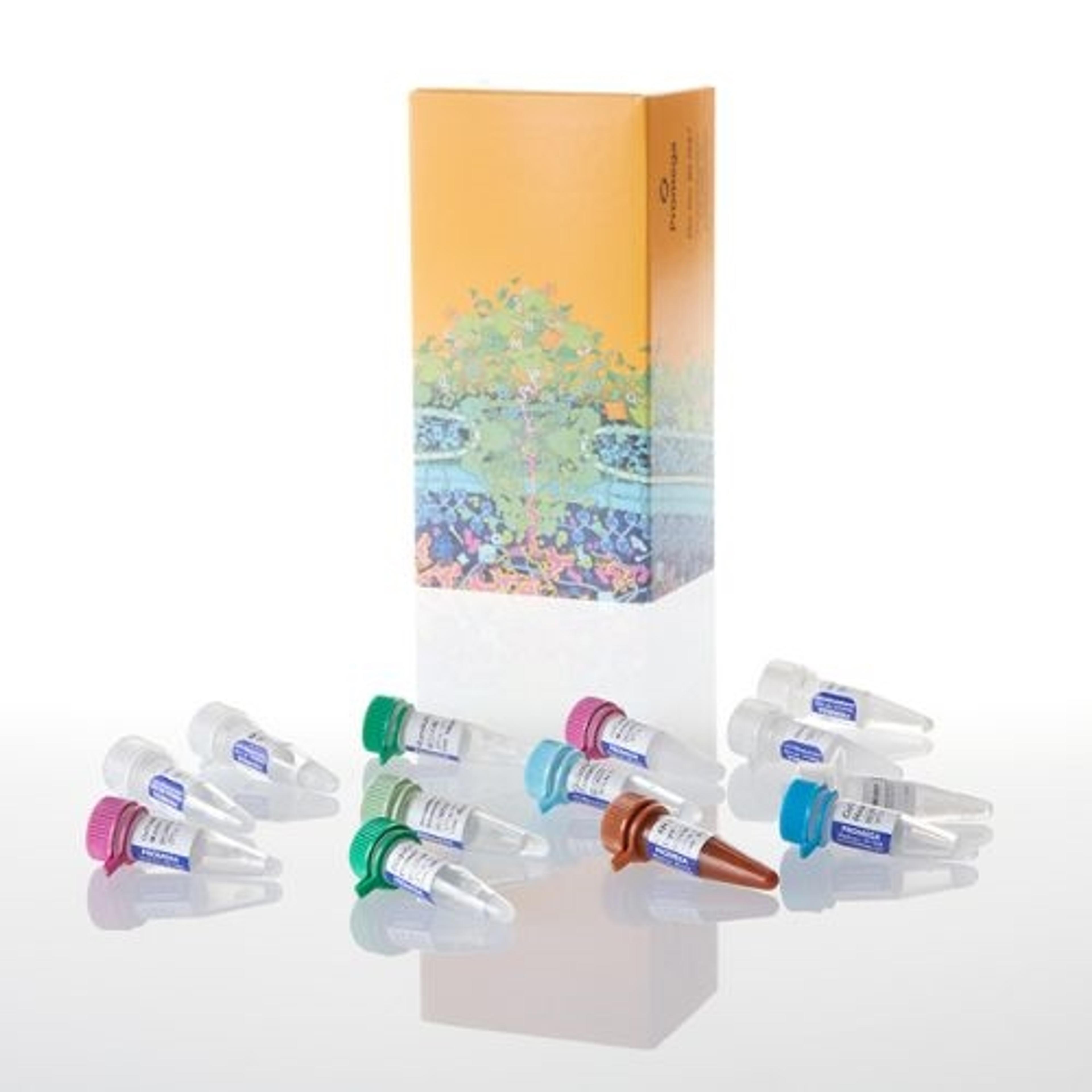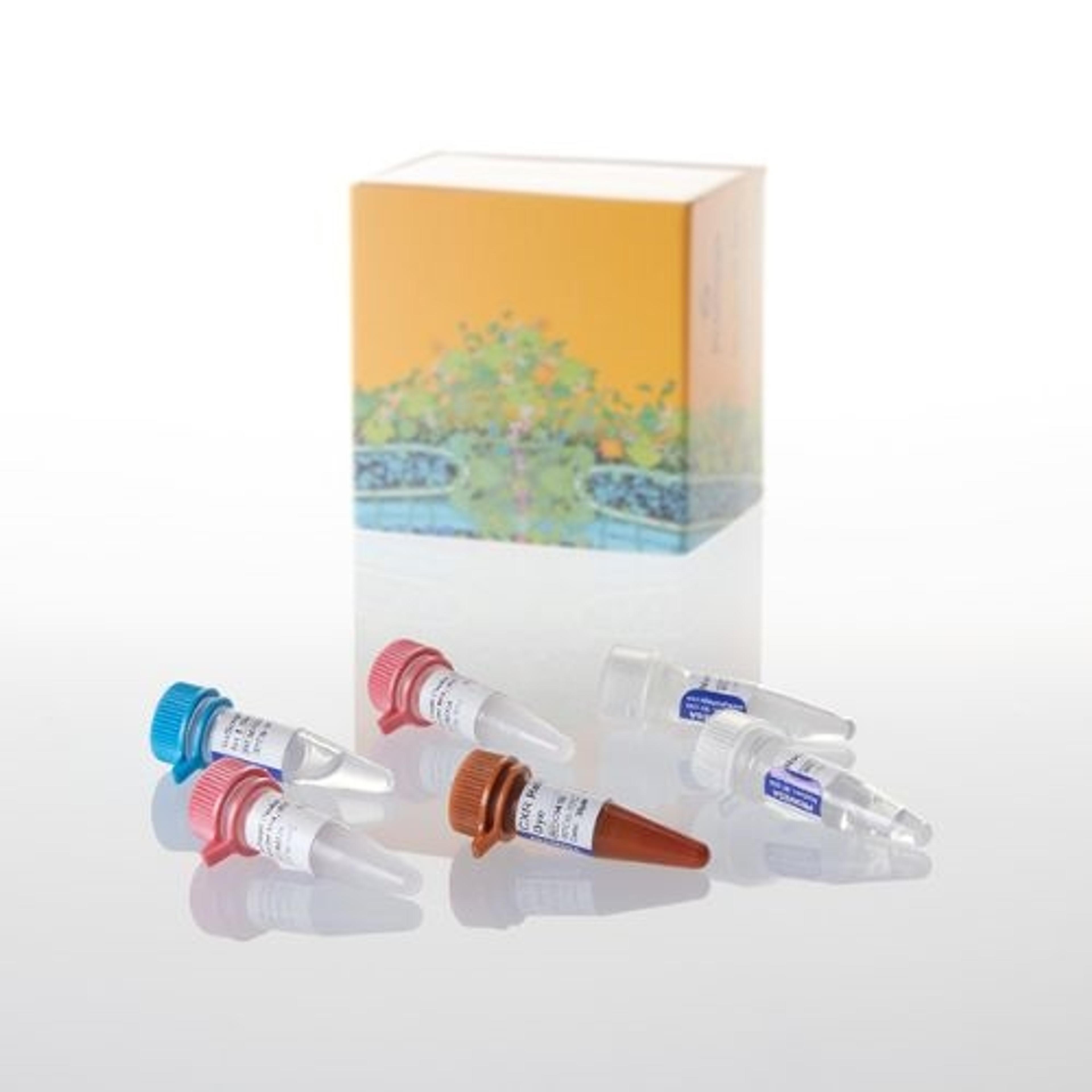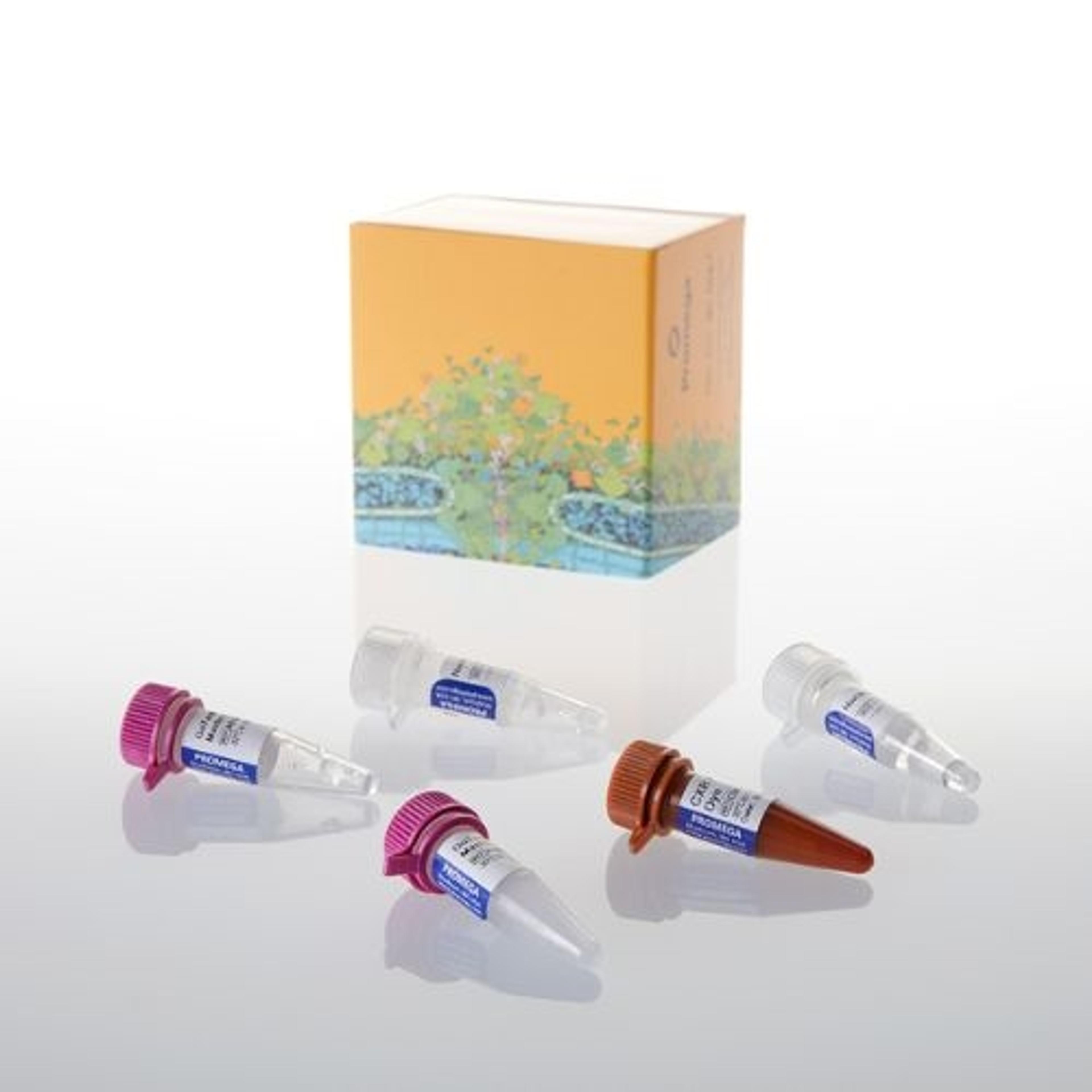Promega GoTaq Probe Real-Time PCR Systems Provide Sensitive Quantitation with Resistant-to-Inhibitor Master Mixes
17 Oct 2012Promega Corporation has announced the launch of the GoTaq® Probe PCR Master Mix, GoTaq Probe 1-Step RT-qPCR System, and GoTaq Probe 2-Step RT-qPCR System. These ready-to-use, 2x master mixes simplify the preparation of reactions for qPCR using hydrolysis probe detection, and are designed for sensitive sequence detection and quantification over a broad range of DNA or RNA targets, gene expression analysis, detection of sequence variants, and fluorescent detection.
Rapid hot-start activation and enzymes make GoTaq Probe Systems compatible with any real-time PCR instrument using standard or fast cycling programs. The 1-step and 2-step systems also include GoScript™ Reverse Transcriptase, to enable efficient synthesis of first-strand cDNA in preparation for PCR amplification. These Systems are compatible with other probe assays such as molecular beacons.
GoTaq Probe qPCR Master Mix, designed for qPCR from gDNA templates, provides resistance to a wide range of PCR inhibitors. Using antibody-mediated hot-start chemistry, reaction set-up can be performed at room temperature. The master mix does not contain a reference dye, however carboxy-X-rhodamine is included with the system, to be added to amplification reactions if desired.
GoTaq Probe 1-Step RT-qPCR System combines GoScript Reverse Transcriptase and GoTaq Probe qPCR Master Mix in single-step, real-time amplification reactions for the detection and relative quantification of RNA expression levels using a one-step RT-qPCR method.
GoTaq Probe 2-Step RT-qPCR System enables detection and relative quantification of RNA expression levels via a two-step RT-qPCR method, using the integrated components of the GoScript Reverse Transcription System and GoTaq Probe qPCR Master Mix. GoScript Reverse Transcription System includes an optimized reaction buffer and reverse transcriptase designed to enable efficient synthesis of first-strand cDNA in preparation for PCR amplification. The cDNA product may be added directly to downstream qPCR amplification reactions.



